Home>Gardening & Outdoor>Landscaping Ideas>What Type Of Organism Is Grass


Landscaping Ideas
What Type Of Organism Is Grass
Modified: February 18, 2024
Discover the importance of grass in landscaping and learn about the various types of organisms that make up this essential plant. Explore landscaping ideas with grass and enhance your outdoor space.
(Many of the links in this article redirect to a specific reviewed product. Your purchase of these products through affiliate links helps to generate commission for Storables.com, at no extra cost. Learn more)
**
Introduction
**
Grass, often overlooked and taken for granted, is a ubiquitous and vital component of the natural world. While it may seem unassuming at first glance, this seemingly simple organism plays a crucial role in various ecosystems and has significant implications for human life. In this article, we will delve into the world of grass, exploring its characteristics, classification, types, and the profound importance it holds in the grand tapestry of nature.
Grass, a plant with narrow leaves and jointed stems, is a defining feature of landscapes across the globe. From the sprawling savannas of Africa to the manicured lawns of suburban neighborhoods, grass is an omnipresent entity that often serves as the foundation of diverse ecosystems. Despite its widespread presence, the intricate nature of grass and its myriad varieties often go unnoticed. By shedding light on the multifaceted aspects of this humble yet extraordinary organism, we can gain a deeper appreciation for its role in the natural world and its impact on human societies.
As we embark on this exploration of grass, we will uncover the unique characteristics that distinguish it from other plants, unravel the taxonomy that classifies its diverse species, and gain insight into the various types of grass that populate our planet. Furthermore, we will examine the far-reaching importance of grass, from its ecological significance to its contributions to agriculture, landscaping, and beyond. By the end of this journey, we hope to foster a newfound understanding of and respect for this unassuming yet remarkable organism that shapes landscapes and sustains life in ways both seen and unseen.
Key Takeaways:
- Grass, with its narrow leaves and jointed stems, is a resilient and vital plant that supports diverse ecosystems and sustains life through its unique characteristics and adaptability.
- From ornamental beauty to agricultural sustenance, grasses play a crucial role in shaping landscapes, supporting biodiversity, and enriching human societies with their diverse types and far-reaching importance.
Read more: What Type Of Grass To Plant
Characteristics of Grass
Grass, belonging to the family Poaceae, exhibits a diverse range of characteristics that set it apart from other plant species. These features contribute to its resilience, adaptability, and widespread distribution across various environments. Understanding the distinct traits of grass is essential for appreciating its ecological significance and its role in human societies.
- Blade Structure: One of the defining characteristics of grass is its narrow, elongated leaves, often referred to as blades. These blades vary in texture, color, and arrangement, with some species showcasing fine, delicate foliage while others display robust, coarse leaves. The unique blade structure of grass enables efficient photosynthesis and facilitates its role as a primary producer in many ecosystems.
- Root System: Grasses are known for their fibrous root systems, which extend deep into the soil and form dense networks. This root architecture not only anchors the plants securely in the ground but also enhances soil stability, prevents erosion, and promotes water infiltration and retention.
- Jointed Stems: The stems of grasses are characterized by their segmented, jointed nature. These nodes provide flexibility and enable rapid growth, allowing grass to quickly recover from grazing, mowing, or environmental disturbances. Additionally, the jointed stems contribute to the overall resilience of grass in the face of varying environmental conditions.
- Inflorescence: The reproductive structures of grass, known as inflorescences, exhibit remarkable diversity across different species. From the iconic seed heads of wheat and barley to the intricate panicles of ornamental grasses, the inflorescences of grass play a pivotal role in seed dispersal and the perpetuation of these plant populations.
- Drought Tolerance: Many grass species have evolved mechanisms to thrive in arid environments, exhibiting remarkable drought tolerance. This adaptation is attributed to various physiological and morphological traits, such as efficient water use, reduced leaf surface area, and the ability to enter dormancy during prolonged dry spells.
These characteristics collectively contribute to the ecological success of grasses, enabling them to thrive in diverse habitats, from expansive prairies and wetlands to alpine meadows and urban landscapes. By embodying these traits, grasses fulfill essential ecological functions, support diverse wildlife, and contribute to the overall health and stability of ecosystems worldwide.
Classification of Grass
Grasses, belonging to the family Poaceae, encompass a vast array of species that exhibit diverse morphological, ecological, and physiological traits. The classification of grasses is a complex and dynamic field, shaped by ongoing taxonomic research and advancements in genetic analysis. By understanding the hierarchical classification of grasses, we can gain insight into the evolutionary relationships among different species and appreciate the remarkable diversity within this botanical family.
At the highest level of classification, the family Poaceae is divided into subfamilies, which are further subdivided into tribes, genera, and species. This hierarchical framework allows for the systematic organization of grass species based on shared characteristics and evolutionary history. While the classification of grasses continues to evolve as new insights emerge, it provides a valuable framework for studying and understanding these plants.
- Subfamilies: The family Poaceae comprises several subfamilies, including Pooideae, Panicoideae, and Chloridoideae, among others. Each subfamily encompasses distinct groups of grass species with unique ecological adaptations and genetic traits. For example, the Pooideae subfamily includes cool-season grasses such as wheat, barley, and ryegrass, while the Panicoideae subfamily encompasses warm-season grasses like maize, sorghum, and sugarcane.
- Tribes and Genera: Within each subfamily, grasses are further classified into tribes and genera, reflecting closer evolutionary relationships and shared characteristics. These taxonomic levels provide insights into the genetic and morphological diversity within specific groups of grass species, facilitating the study of their evolutionary history and ecological roles.
- Species: At the species level, grasses are classified based on distinct morphological features, reproductive characteristics, and genetic differentiation. This level of classification allows for the identification and categorization of individual grass species, each contributing to the rich tapestry of biodiversity within the family Poaceae.
Advancements in molecular biology and phylogenetics have enhanced our understanding of the evolutionary relationships among grass species, leading to refinements in their classification and the identification of previously unrecognized lineages. As a result, the classification of grasses continues to evolve, incorporating new insights from genetic studies and interdisciplinary research efforts.
By delving into the classification of grasses, we can appreciate the intricate relationships and diverse adaptations that have shaped this remarkable botanical family. This understanding not only enriches our knowledge of grasses but also underscores the importance of conserving and studying these plants to safeguard biodiversity and ecological resilience.
Grass is a type of plant, specifically a monocotyledonous flowering plant. It belongs to the family Poaceae and is commonly found in many different environments around the world.
Types of Grass
Grasses encompass a diverse array of species, each exhibiting unique characteristics, ecological adaptations, and practical applications. From lush ornamental grasses adorning gardens to staple food crops and resilient turfgrasses, the types of grasses span a broad spectrum, catering to various human needs and ecological niches. By exploring the different types of grasses, we can gain a deeper understanding of their versatility and significance across different domains.
- Ornamental Grasses: This category encompasses a wide range of grass species valued for their aesthetic appeal and landscaping potential. Ornamental grasses, such as fountain grass, maiden grass, and switchgrass, contribute texture, movement, and visual interest to gardens, public spaces, and urban landscapes. Their graceful foliage, diverse growth habits, and seasonal variations make them sought-after elements in landscape design and horticulture.
- Cereal Grains: Grasses belonging to the tribe Triticeae, such as wheat, barley, and oats, are cultivated as cereal grains, serving as staple food sources for human populations worldwide. These grasses have been domesticated over millennia and play a pivotal role in global agriculture, providing essential nutrients and sustenance to diverse cultures.
- Turfgrasses: Turfgrasses, including species like Kentucky bluegrass, Bermuda grass, and fescue, are specifically cultivated for their dense, resilient growth and suitability for lawns, sports fields, and recreational areas. These grasses offer functional and aesthetic benefits, creating lush, durable surfaces that withstand foot traffic and environmental stresses.
- Bamboos: Bamboo, a group of woody grasses, holds immense cultural, ecological, and economic significance. With towering culms and versatile uses ranging from construction and crafts to culinary traditions, bamboos exemplify the diverse utility of grasses and their profound impact on human societies.
- Forage Grasses: Grass species such as fescue, ryegrass, and clover serve as valuable forage for livestock, contributing to the nutrition and well-being of grazing animals. These grasses support sustainable livestock production and play a crucial role in pastoral landscapes and agroecosystems.
These are just a few examples of the myriad types of grasses that enrich ecosystems, support human livelihoods, and contribute to the visual and functional landscapes we inhabit. Each type of grass embodies unique traits and applications, reflecting the remarkable diversity and adaptability of this botanical family.
By recognizing the various types of grasses and their respective roles, we can appreciate the breadth of their contributions to agriculture, horticulture, environmental conservation, and cultural practices. Whether as a source of sustenance, a symbol of natural beauty, or a cornerstone of ecological resilience, grasses continue to shape and enrich our world in diverse and meaningful ways.
Importance of Grass
Grass, often regarded as a humble and unassuming plant, holds profound ecological, economic, and cultural significance, exerting far-reaching impacts on the natural world and human societies. Its multifaceted importance manifests in diverse domains, ranging from ecosystem stability and carbon sequestration to agricultural productivity and aesthetic enrichment. By recognizing the pivotal role of grass, we can cultivate a deeper appreciation for its contributions and the imperative of its conservation and sustainable management.
- Ecosystem Stability: Grasses play a foundational role in maintaining ecosystem stability and function, serving as primary producers and providing habitat and sustenance for diverse animal species. Their extensive root systems contribute to soil retention, erosion control, and water filtration, bolstering the resilience of terrestrial ecosystems.
- Carbon Sequestration: Grasslands, characterized by their extensive grass cover, are instrumental in sequestering carbon dioxide from the atmosphere. The dense root networks of grasses facilitate carbon storage in the soil, mitigating climate change and contributing to global carbon cycling.
- Agricultural Sustainability: Cereal grains and forage grasses form the cornerstone of global agriculture, sustaining human populations and supporting livestock production. Grasses provide essential nutrients, fodder, and grazing resources, underpinning food security and the livelihoods of farming communities worldwide.
- Landscaping and Aesthetics: Ornamental grasses enhance the visual appeal of landscapes, offering dynamic textures, seasonal interest, and low-maintenance beauty in gardens, parks, and urban green spaces. Their ornamental value contributes to the creation of inviting, biodiverse environments and enriches the human experience of nature.
- Cultural and Recreational Significance: Grasses hold cultural and recreational significance, featuring prominently in traditional practices, sports fields, and leisure activities. From the ceremonial uses of bamboo in various cultures to the enjoyment of sports played on turfgrass surfaces, grasses are woven into the fabric of human traditions and pastimes.
The importance of grass extends beyond its tangible contributions, encompassing intangible values such as biodiversity conservation, ecological resilience, and the preservation of natural landscapes. As stewards of the environment, it is imperative to recognize and safeguard the vital role of grass in sustaining the health of ecosystems and the well-being of present and future generations.
By acknowledging and celebrating the importance of grass, we can foster a renewed commitment to sustainable land management, biodiversity conservation, and the harmonious coexistence of human societies and the natural world. Through this collective endeavor, we can ensure that the enduring significance of grass continues to enrich and sustain our planet for generations to come.
Read more: What Are All The Types Of Grass
Conclusion
Grass, in all its diversity and understated splendor, stands as a testament to the intricate tapestry of life on Earth. From the sprawling savannas and verdant meadows to the manicured lawns and urban green spaces, grasses weave a narrative of resilience, adaptability, and profound significance. As we conclude our exploration of grass, it is evident that this unassuming plant transcends its humble stature, exerting far-reaching impacts on ecosystems, agriculture, culture, and the human experience of nature.
By unraveling the characteristics, classification, types, and importance of grass, we have gained a deeper appreciation for the multifaceted role it plays in shaping our world. The intricate blade structures, resilient root systems, and diverse inflorescences of grasses underscore their adaptive prowess and ecological indispensability. The dynamic classification of grasses reveals the rich tapestry of evolutionary relationships and genetic diversity within this botanical family, inviting us to marvel at the breadth of their adaptations and ecological niches.
Furthermore, the myriad types of grasses, from ornamental varieties to staple food crops and turfgrasses, exemplify the versatility and practical significance of this plant family. Their contributions to ecosystem stability, carbon sequestration, agricultural sustainability, and cultural enrichment underscore the indispensable nature of grass in sustaining life and fostering human well-being.
As we reflect on the importance of grass, we recognize the imperative of conserving and stewarding these vital plant communities. Their ecological resilience, cultural significance, and role in mitigating climate change underscore the urgency of safeguarding grasslands and promoting sustainable land management practices. By embracing the profound importance of grass, we honor its enduring legacy and commit to nurturing landscapes where grasses thrive and continue to enrich the fabric of our natural world.
In essence, the story of grass is a story of resilience, interconnectedness, and enduring significance. By honoring and stewarding these unassuming yet extraordinary plants, we embrace the vitality of ecosystems, the sustenance of livelihoods, and the timeless beauty of the natural world. As we tread lightly upon the grassy landscapes that cradle life, let us carry forward a deepened reverence for these remarkable plants and the ecosystems they sustain.
Frequently Asked Questions about What Type Of Organism Is Grass
Was this page helpful?
At Storables.com, we guarantee accurate and reliable information. Our content, validated by Expert Board Contributors, is crafted following stringent Editorial Policies. We're committed to providing you with well-researched, expert-backed insights for all your informational needs.
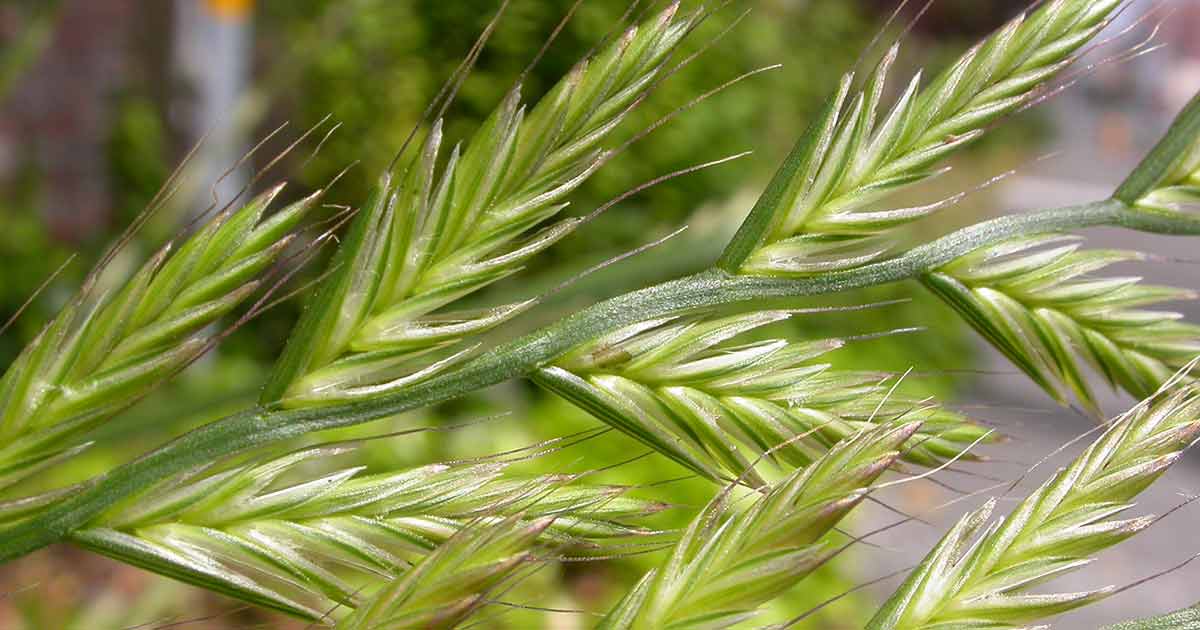
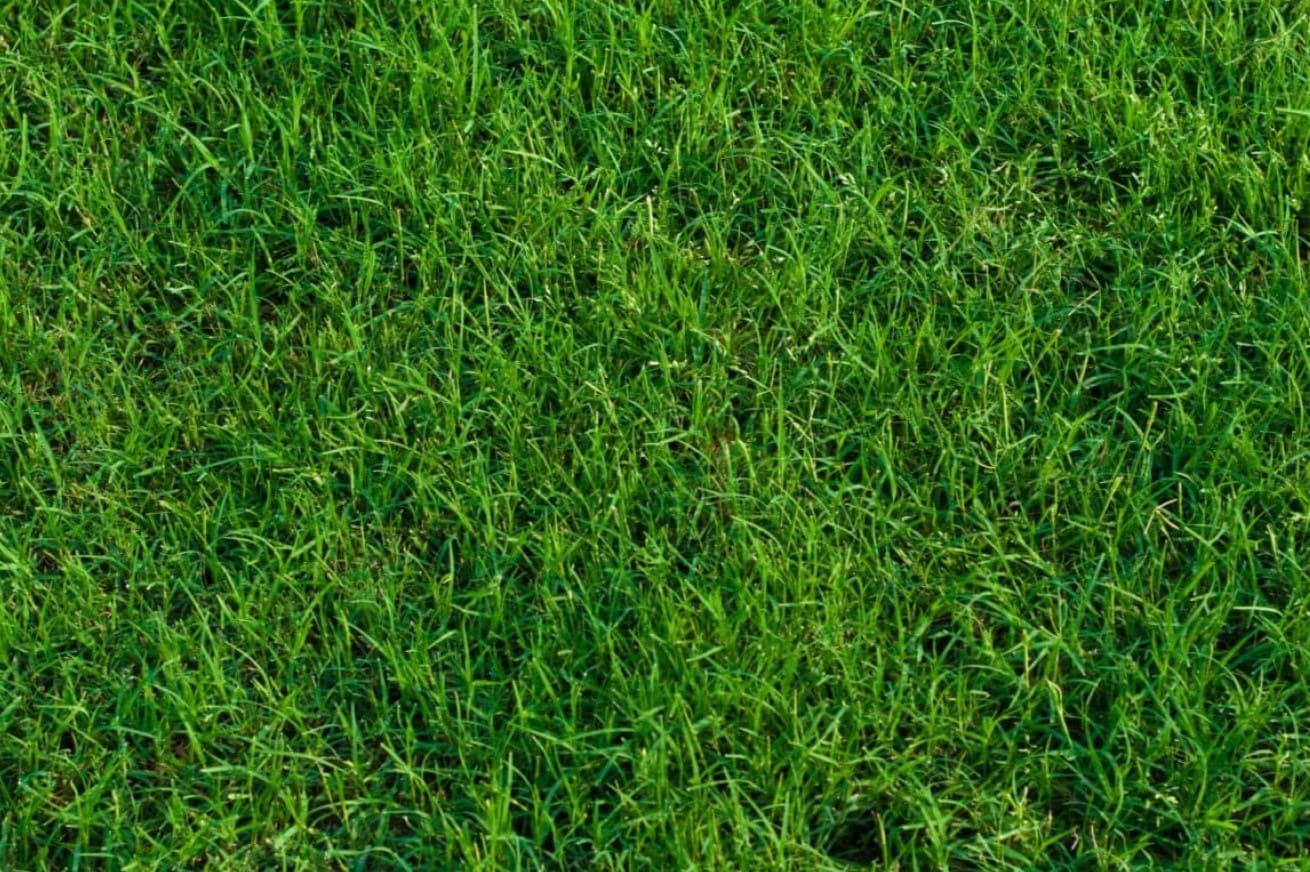
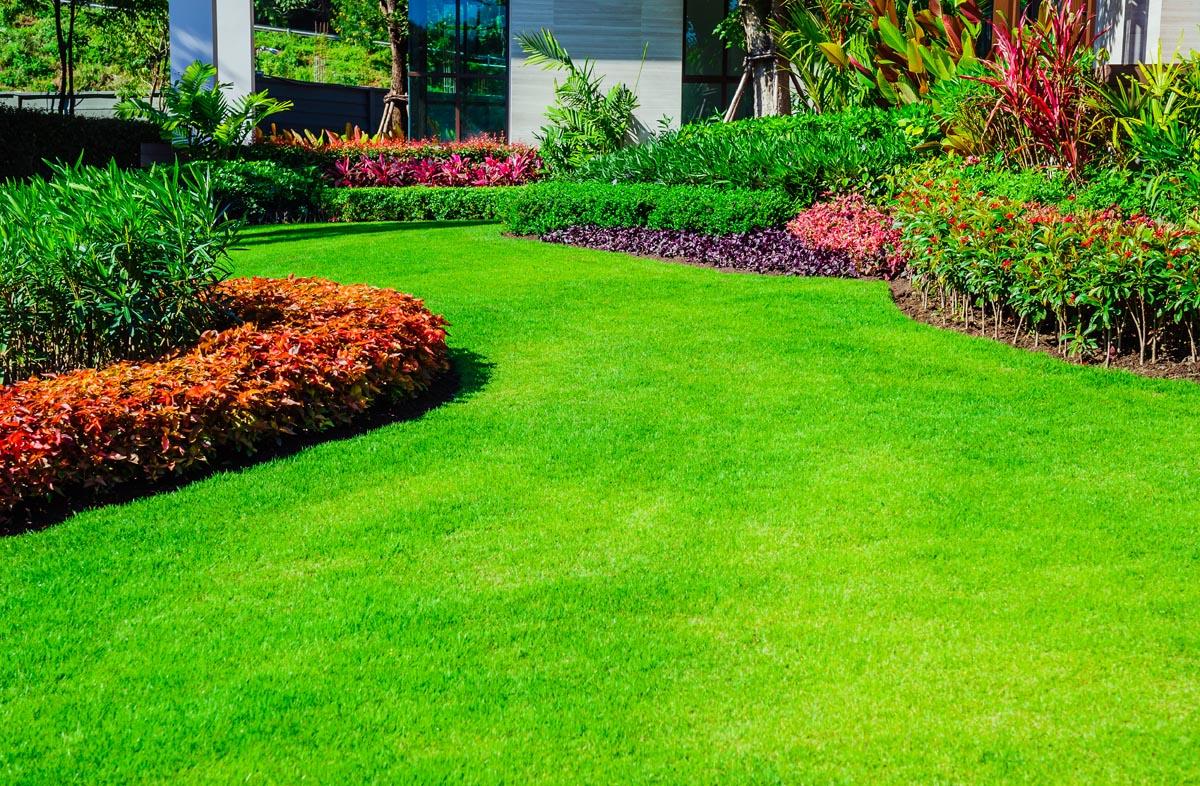
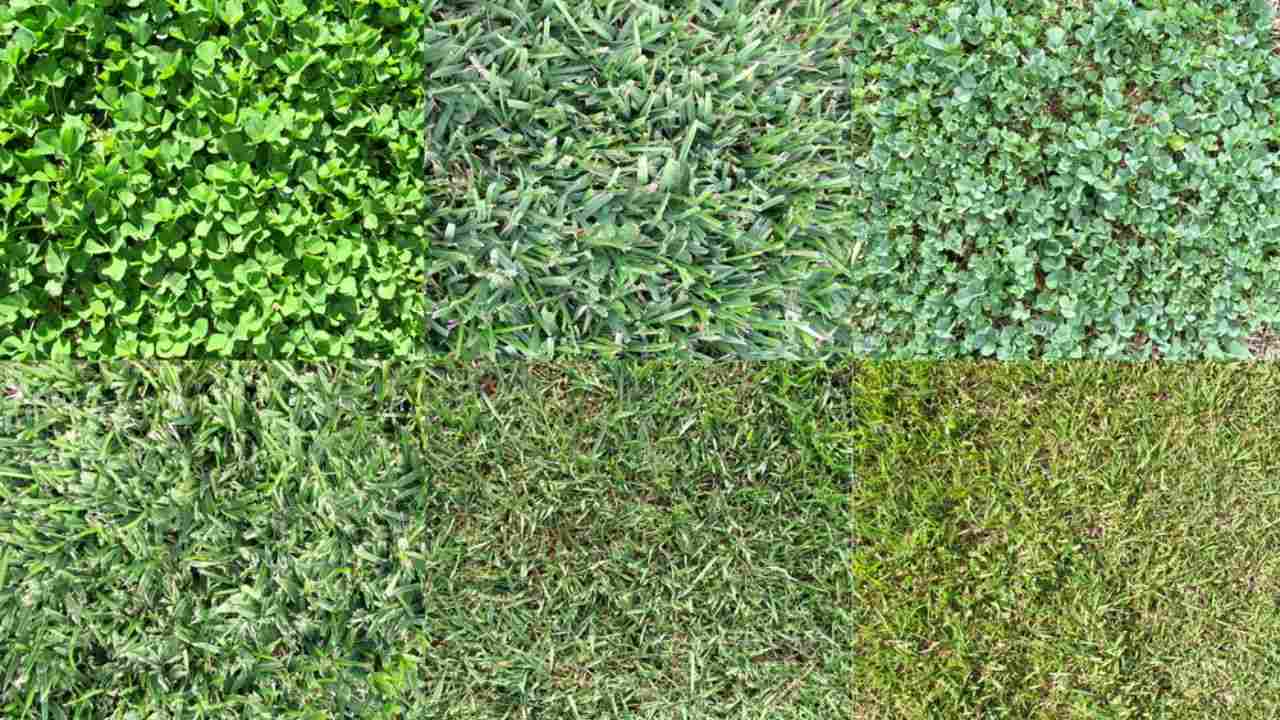

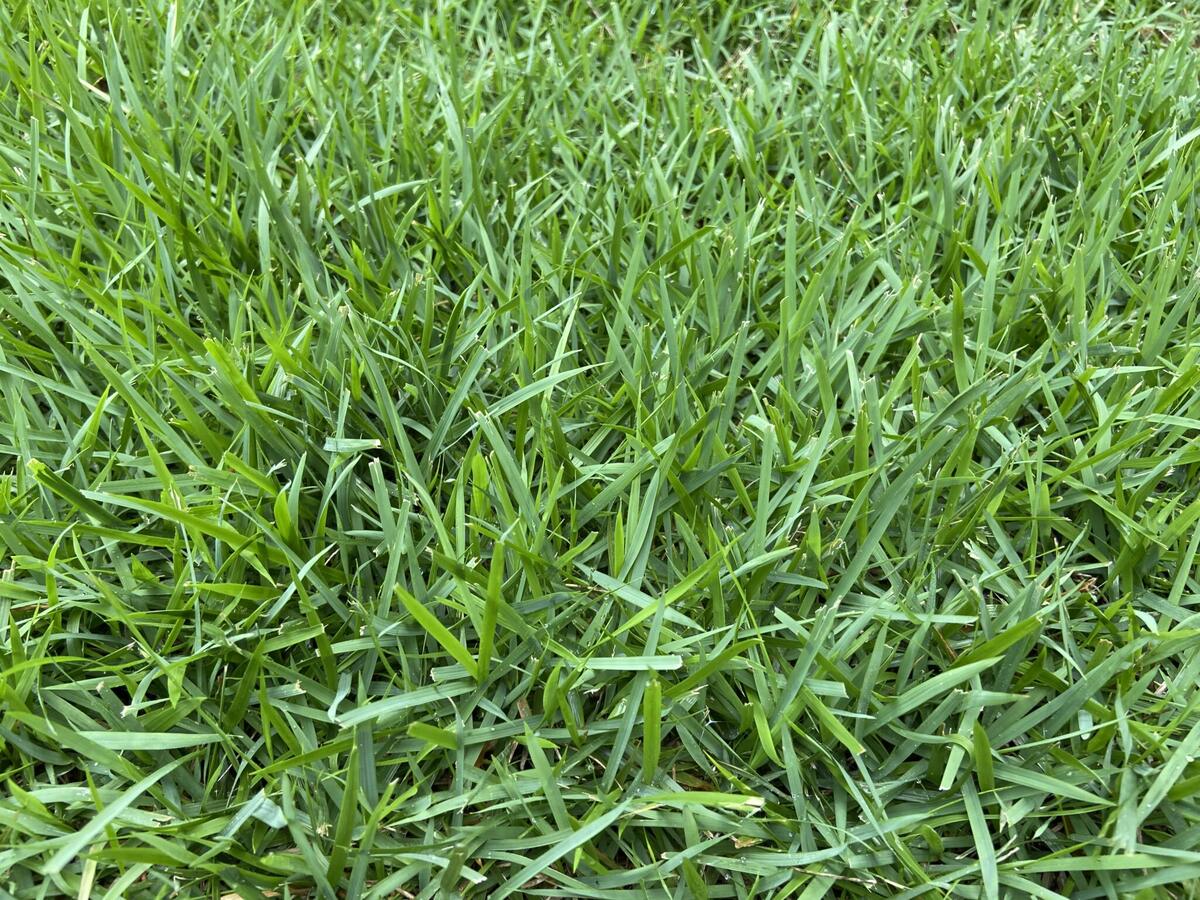
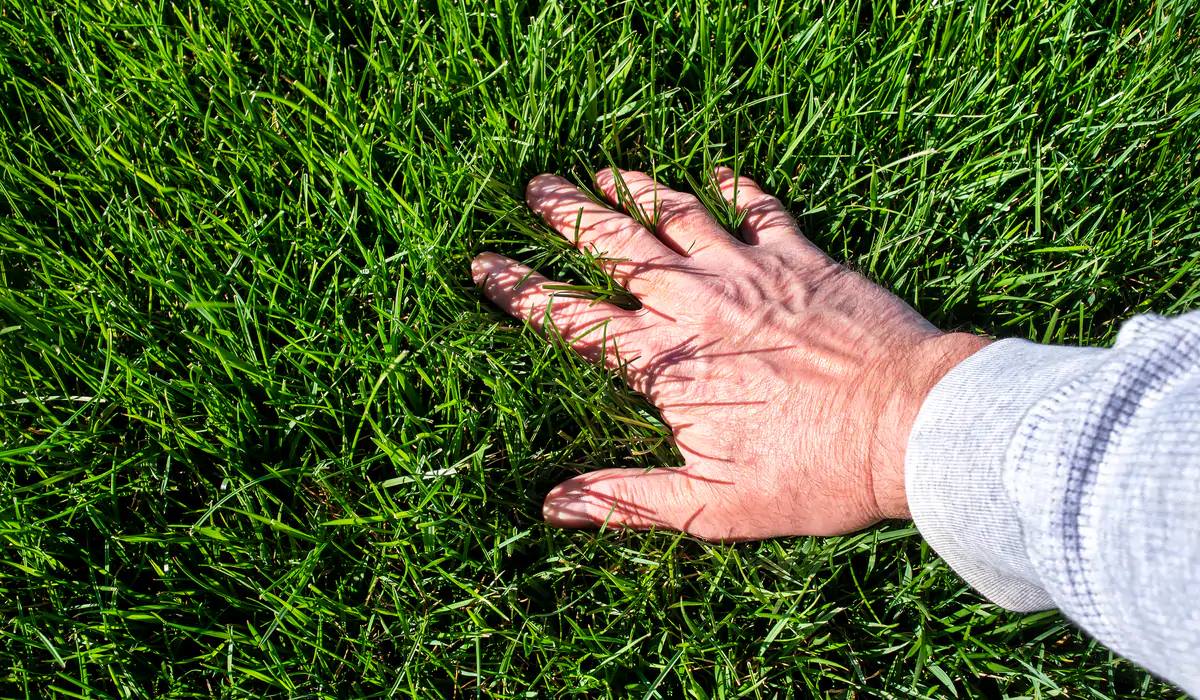

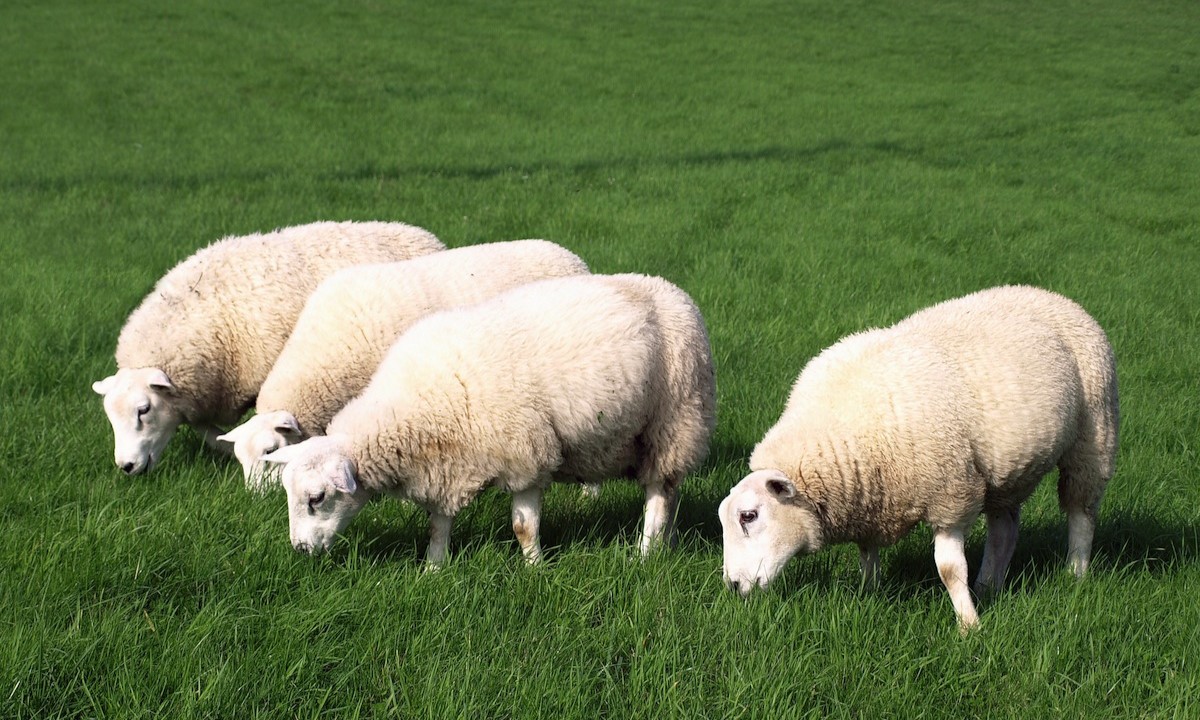
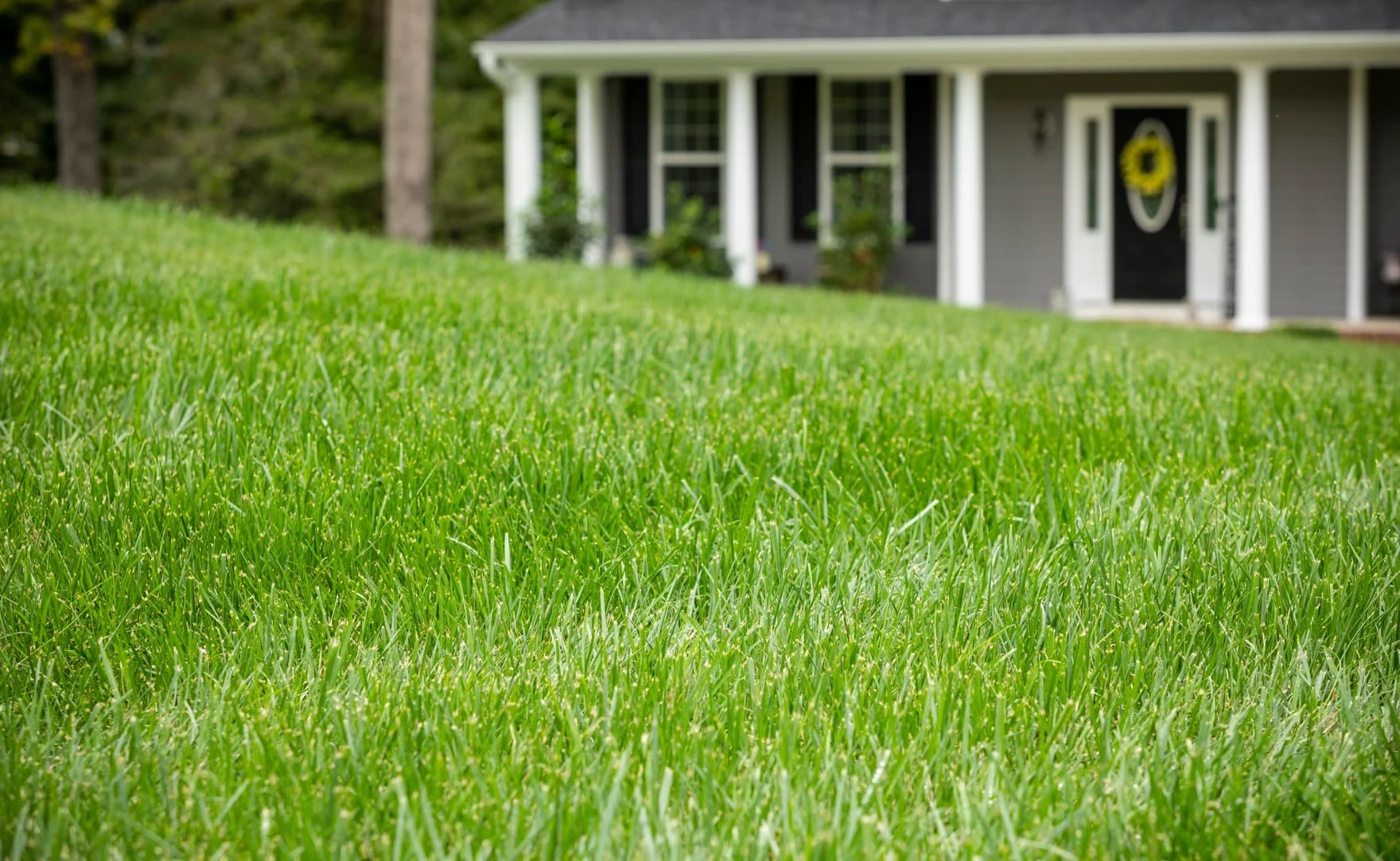





0 thoughts on “What Type Of Organism Is Grass”